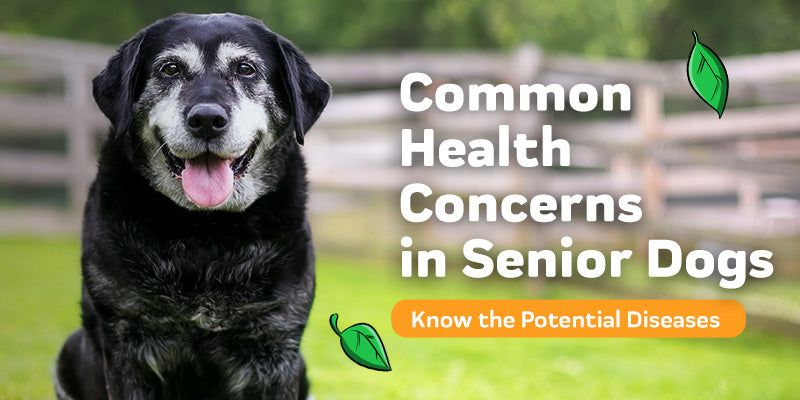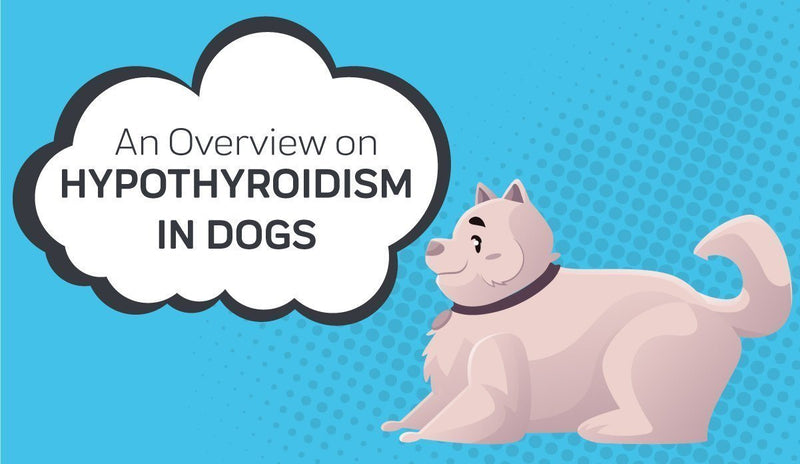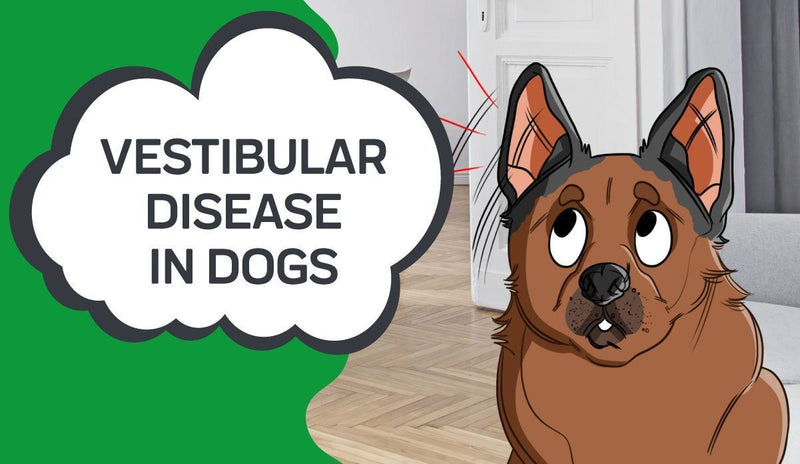- Most Common Causes for Crusty Dog Nose
- How To Treat Crusty Dog Nose
- Natural Alternatives to Crusty Dog Nose Treatment
- Conclusion
Ever notice that your dog's nose is as dry as the bones they love? Unfortunately, there are several causes of a dry and crusty dog nose. However, there's almost always a viable solution. Today, we'll cover why this happens and a few things you can do to treat it.
You'll learn about all the different causes, treatment options, and a few natural remedies to help make their snout healthy again. That said, if you feel like your dog has a serious medical condition, like nasal hyperkeratosis, please take them to see a vet right away. Your vet can provide them with the necessary medication they need to fully recover.

Most Common Causes for Crusty Dog Nose
1. Weather
You may notice that when the weather's hot, your dog's nose will sweat in an attempt to cool off. However, extremely hot weather can cause a crusty nose. In this case, all your dog needs to do is find some shade or spend time indoors under the air conditioner and their skin should become wet again.
Cold weather can also cause a dry nose. That said, a dry nose as a result of the weather isn't usually a major concern. The only time you should be alarmed is if their body temperature doesn't regulate when the conditions change.
Keeping your pooch in moist humid weather should prevent your dog's nose from drying up.
2. Nasal Hyperkeratosis
While a dry and crusty nose is a common thing for most dogs, canine nasal hyperkeratosis is a more severe condition that requires extensive care. Nasal hyperkeratosis is a condition where keratin (a protein that makes up skin, hair, nails, etc.) builds up around the nose.
Although nasal hyperkeratosis isn't life-threatening, it can cause a great deal of discomfort for your dog and hinder their appearance. What's more, nasal hyperkeratosis could potentially weaken your dog's sense of smell, making it more difficult to interact with the world.
Nasal hyperkeratosis can develop in almost all dogs, but it's most prevalent in:
- Mastiffs
- Boxers
- Bulldogs
- Pugs
- French Bulldogs
- Poodles
- German Shepherds
Fortunately, there are a few easy remedies for nasal hyperkeratosis you can try to help reduce the dryness of your pooch's snout (see below). Dealing with nasal hyperkeratosis can be daunting, so make sure you put in the effort to find an easy and effective solution.
3. Dehydration

A dry nose can also be the result of dehydration, especially if your dog is running around under the hot sun all day. While it's important to give your dog plenty of exercise, you should also make sure they have plenty of water to drink. Hydration will help bring moisture back to their nose and prevent any discomfort.
4. Allergies
Like humans, dogs can also have allergic reactions. When a dog has allergies, a dry nose is often one of the symptoms. Many pet owners mistake allergies with nasal hyperkeratosis. If you suspect your dog is struggling with allergies, take them to see the vet. Your veterinarian can provide them with the necessary prescription medication to help control allergic reactions.
5. Sunburn
Many people don't realize, but dogs can get a sunburn just like humans can. Imagine if you were constantly outside under the hot sun without any protection from UV rays. Since the skin around the nose is exposed, it's often one of the first places to get sunburned. Protecting your pup's skin from the sun's UV rays is vital for preventing skin cancer.
You can use pet-safe sunblock around the nose area to help reduce the chance of sunburn. It will also keep their nose nice and moist and reduce cracking.
How To Treat Crusty Dog Nose
1. Identify the Cause
Does your dog's nose dry up in the summer? Or perhaps their snout becomes crusty during the chilly winter months? Do they have nasal hyperkeratosis? Whichever one it may be, you must identify what's causing the crusty nose to determine what the best treatment will be.
You can start by tracking whenever your dog experiences a crusty and dry nose to try and notice a pattern. Once you have a solid idea of what the cause is, you can start to seek a viable treatment option.
2. Check Your Home for Allergens
Above, we mention that allergic reactions can be the cause of a dry snout. Like humans, dogs are commonly allergic to dust, mold, and pollen. If any of these compounds of floating around your property, your dog can experience a crusty nose and numerous other symptoms. As a result, you should try and remove any allergens from your home right away.
If you can't remove them easily, you can check with your vet to see if there are any effective allergy medications for your pup.
3. Treating Nasal Hyperkeratosis
Unfortunately, there isn't a cure for nasal hyperkeratosis in dogs. Therefore, you'll need to treat the condition for the remainder of your puppy's life. While there isn't a do-all end-all solution for canine nasal hyperkeratosis, that doesn't mean you and your pooch need to feel helpless.
One easy way to reduce the discomfort from nasal hyperkeratosis is to soak your dog's skin in warm water regularly. Doing so will keep their nose hydrated and reduce painful cracking. There are also some other natural remedies that have promising results (see below).
4. Keep Their Nose Clean
No matter the cause of the dry snout, keeping your dog's nose clean will help make whichever treatment you do more effective. Wiping their nose regularly will remove dust, debris, or any other compounds that might be reducing moisture around the nose.
5. Check for Health Problems
Taking your beloved pet to the vet for a health check can be a stressful event. The last thing you want is to discover your dog has a severe health condition. However, detecting health problems is the only way to treat them properly. If you've tried all the solutions within your power, you may need to seek professional help from your vet. They can diagnose whatever's causing the crusty nose and recommend the best treatment possible.
Natural Alternatives to Crusty Dog Nose Treatment
Today, there are several natural and safe ingredients you can use to keep your dog's nose nice and moist.
Olive Oil
Olive oil is something we all usually have in our kitchens. We love it in our food, and so does your dog! Putting a teaspoon into their meal will help keep their snout, ears, and paws nice and moist.
Cocoa Seed Butter
Both humans and canines can benefit from a little cocoa seed butter on their skin. This ingredient is used to treat dry skin, sunburns, and more. While you may appear hesitant to use this with your dog since cocoa is the main ingredient in chocolate, it doesn't have any of the toxic ingredients that make chocolate dangerous.
CBD Oil
If you're on the internet looking for natural treatments for your dog's nose, chances are you've come across CBD oil. CBD has a wide range of health benefits for humans and canines. For starters, it's an all-natural ingredient that derives from hemp. You can find several nourishing balms that will help reduce dryness and combat nasal hyperkeratosis — including our very own Innovet pet-safe hemp balm.
Conclusion
There's no doubt that treating a dry nose for your puppy can be exhausting. Since there are so many causes, it can be challenging to find the right solution. We recommend trying all the above until you find the perfect treatment option to keep their snout moist and free of cracking.
Remember, always consult with your vet if you believe your dog has nasal hyperkeratosis or a severe medical condition that's causing your dog's nose to dry up.
Connect with us at InnovetPet if your pet has a health condition to see how we can help. Feel free to share this post with anyone you know that has a puppy with a crusty dry snout!
















